
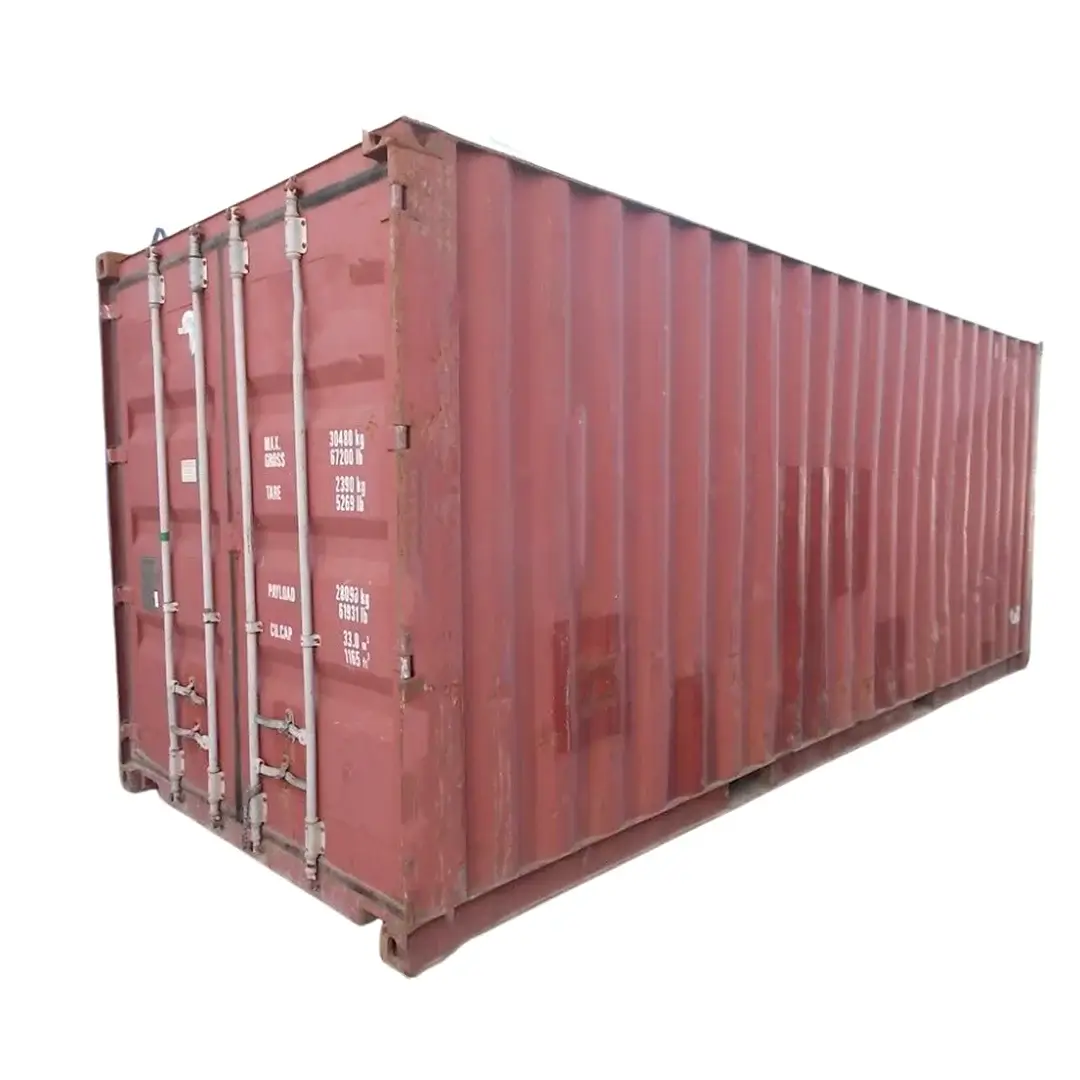
Starting at $1,350 or Purchase for as low as $61.36/month.
Call Us Now for Additional Discounts
4.7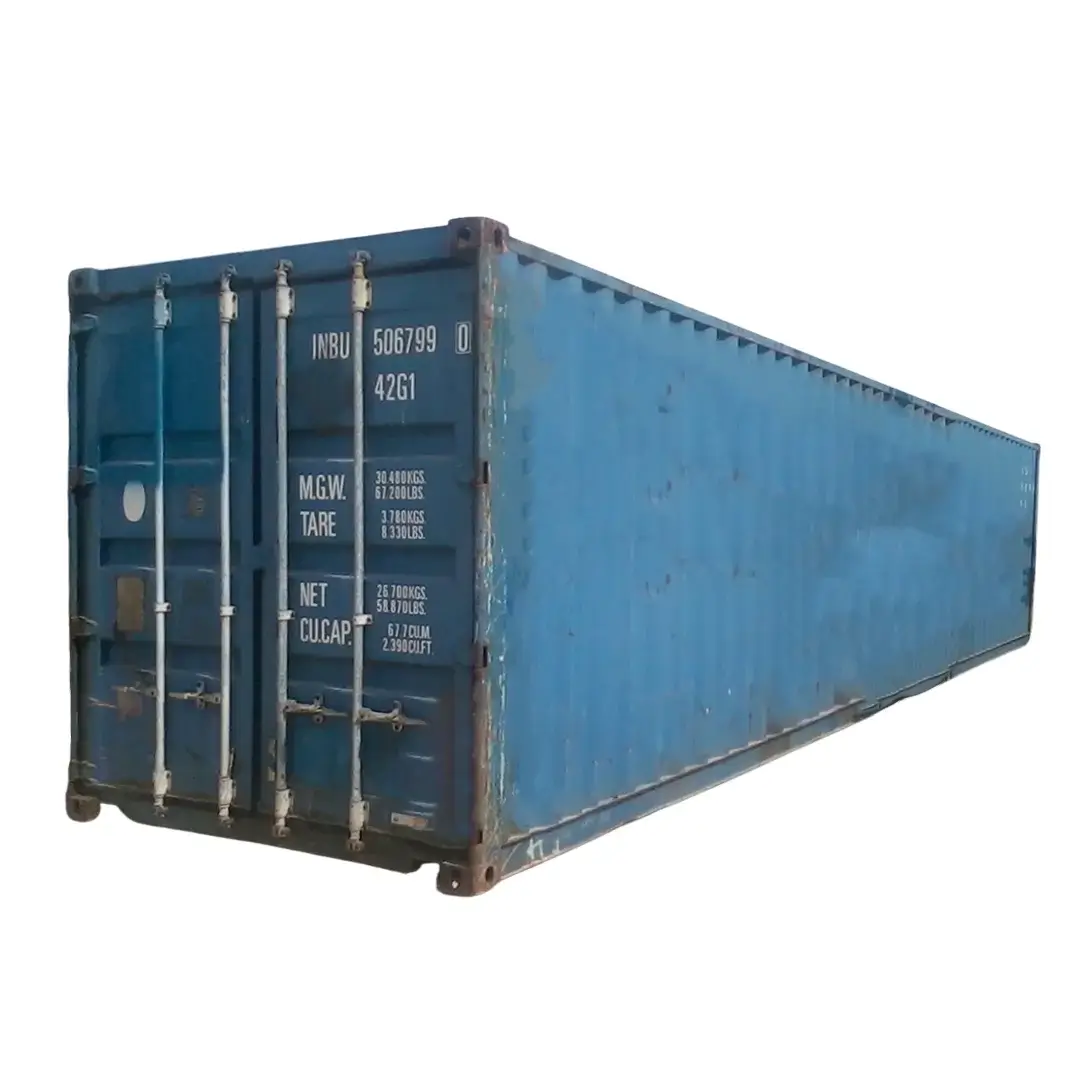
Starting at $1,800 or Purchase for as low as $81.82/month.
Call Us Now for Additional Discounts
4.7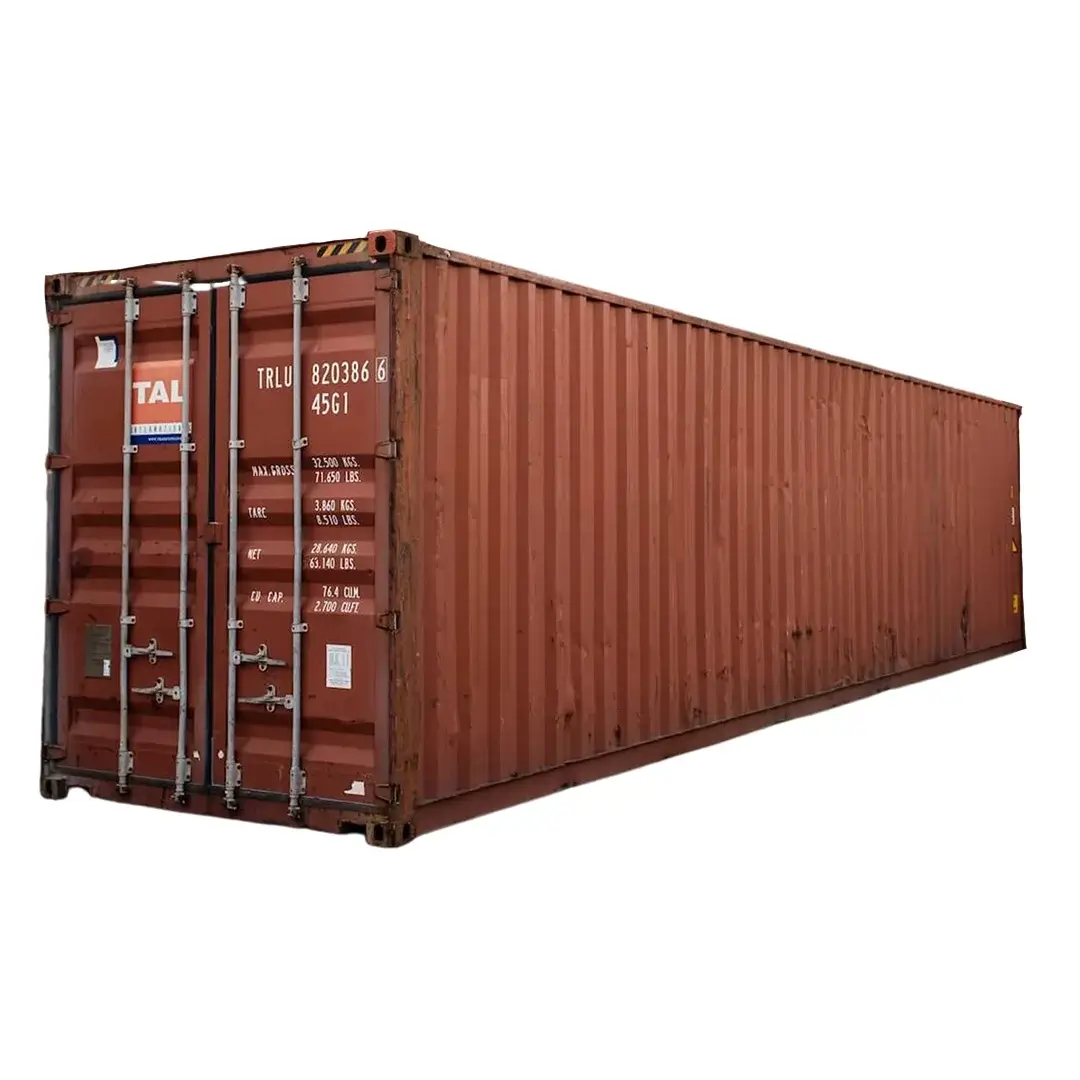
Starting at $1,925 or Purchase for as low as $87.50/month.
Call Us Now for Additional Discounts
4.7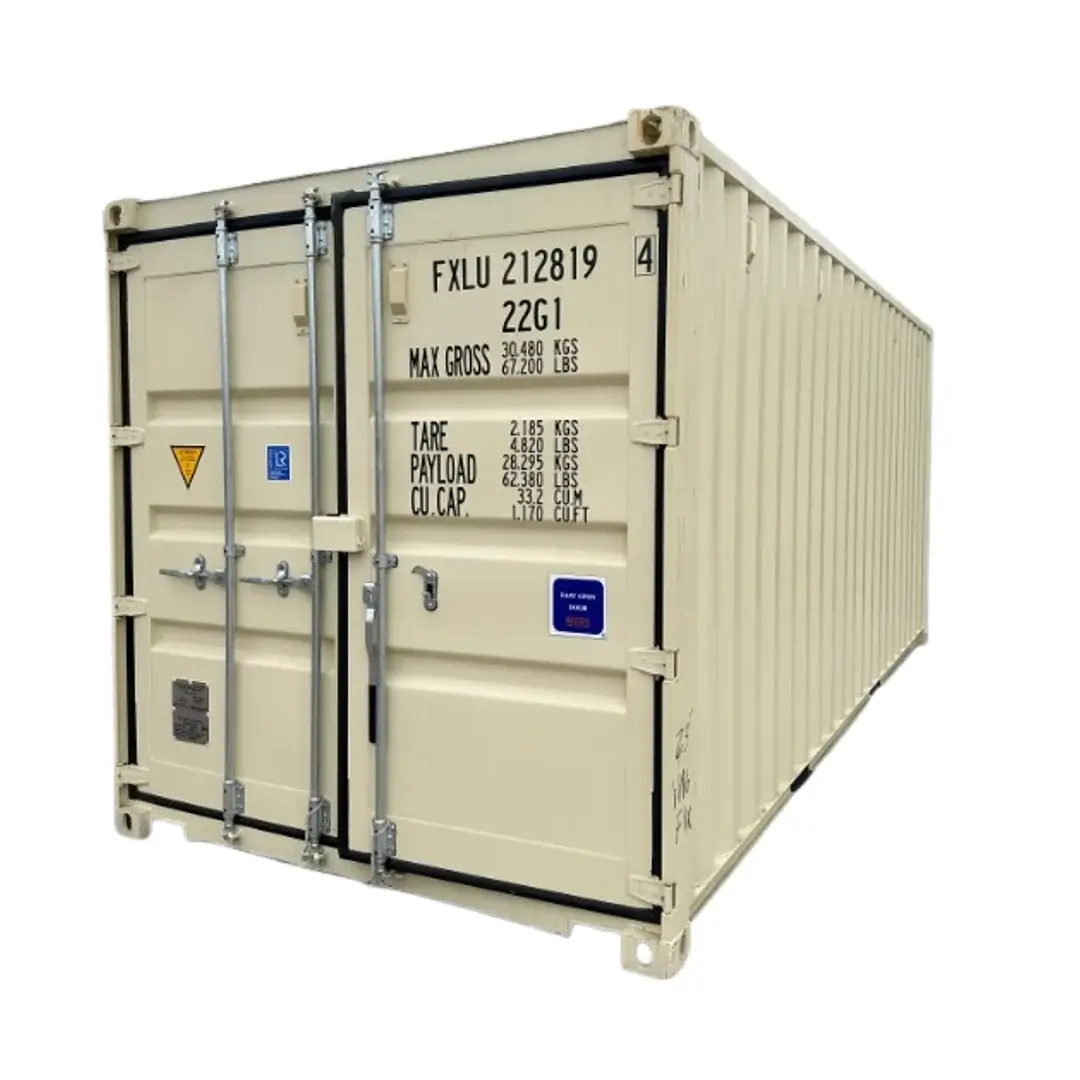
Starting at $2,900 or Purchase for as low as 131.82/month.
Call Us Now for Additional Discounts
5.0
Affordable pricing options based on your type, size and condition

Wait for your delivery! Delivery takes 3-7 days after checkout.
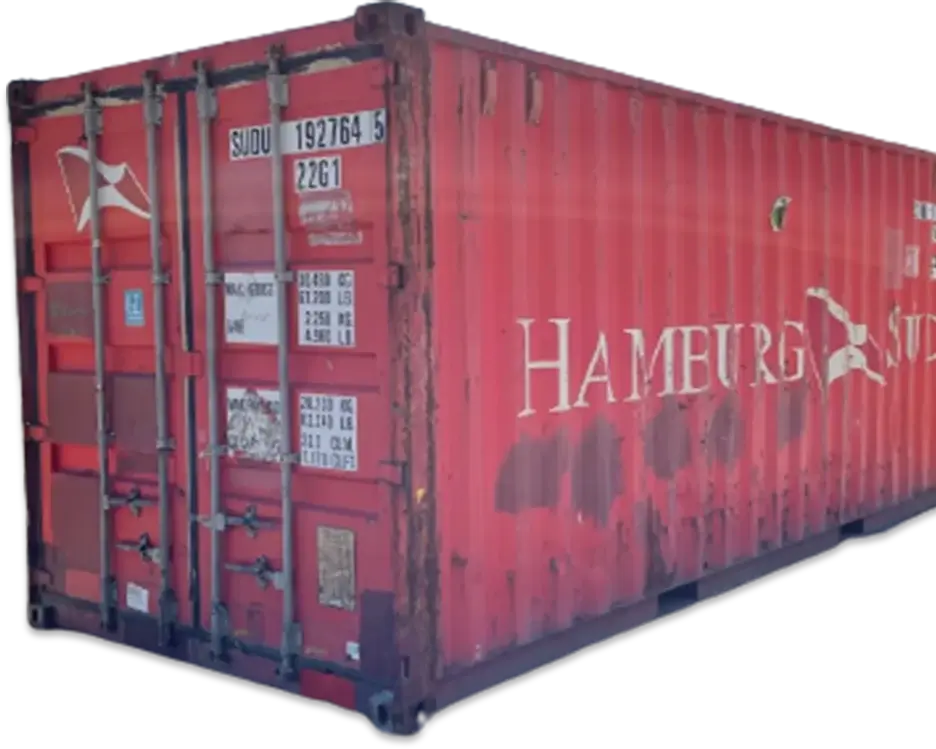
On-Site Storage Solutions has been selling and renting new and used shipping containers in the United States and Canada for over 20 years.
As an industry leader, we have a huge selection of shipping containers to choose from at the best prices. We can also save you on delivery costs with over 60 locations we likely have a location near you.
On-Site Storage Solutions proudly presents a Rent-To-Own Option in partnership with My Container Rental Call us at (888) 977-9085 or select from our website the payment plans that suit you best including 6, 12, 18, and 24 Months and long-term programs.
12 months+
Additional rates and Options. Learn more
Used
Wind and Water Tight (WWT)
Double Doors at 1 End
SKU: SKU: U20SDV1DDWWTFOWMA
12 months+
Additional rates and Options. Learn more
Used
Wind and Water Tight (WWT)
Double Doors at 1 End
SKU: SKU: U40SDV1DDWWTFOMQC
12 months+
Additional rates and Options. Learn more
Used
Wind and Water Tight (WWT)
Double Doors at 1 End
SKU: SKU: U20SDV1DDWWTFOWMA
We have partnered with TimePayment to offer affordable lease-to-purchase options for qualified applicants (Minimum 550 FICA). If you need a shipping container for your business or personal use this option allows you to purchase your shipping container over time. Payments are usually less than the cost to rent an off-site storage unit with the added benefits of owning the container at the end of the term and having the storage on-site for easy access.

Extended Rental Discounts | Additional Discounts 3+ Months
Affordable Temporary Solution
On-Site Storage Solutions is the leader of storage rentals whether you need Dry Van Containers and Refrigerated Containers. With over 60 locations around America and Canada, we can get your container anytime or anywhere! Call us today at (888) 977-9085 to know the rental terms near you.

Are you looking for a used seaworthy certified container? We can help you every step of the way. Our network of IICL-certified inspectors can provide an independent survey inspection to ensure that your storage container is cargo worthy.

We have a wide range of shipping container parts to help you keep your containers in top shape.

We can modify and customize your shipping container for you. Whether you need shipping container door modifications or if you need to add windows, we can do it for you.

We have a range of shipping container ramps and accessories available. Keep your goods secure with a heavy-duty shipping container lock that’s easy to install.
Containers available worldwide delivered to your home
On-Site Storage Solutions can provide you with the right container for the right price with full door-to-door service.
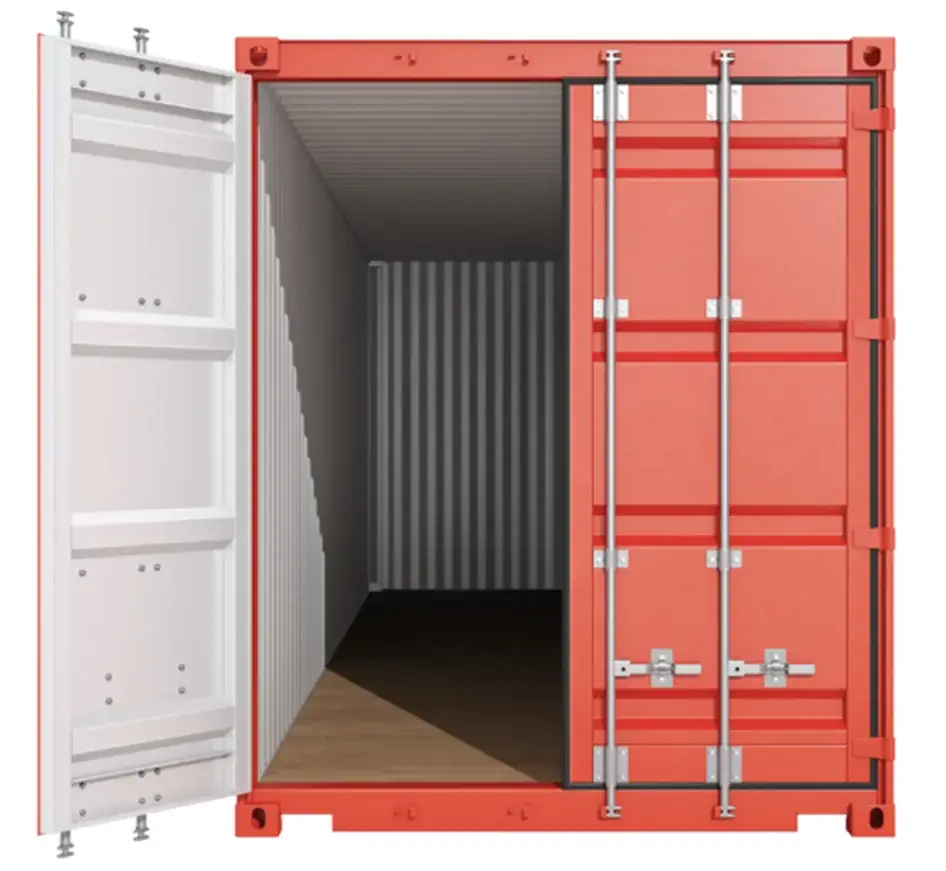
We started as a small business and have grown to become one of the top container companies in the United States because all of our containers are thoroughly inspected before we send them to our customers.
You may trust our, and you can count on us to get you the best container at the right price.
Top Reasons to Purchase a Container From Us































Specialty shipping containers are containers that have been adapted to transport unusual cargo that won’t fit inside the typical big metal shipping containers.
Our most popular container, used general purpose containers have been in heavy-duty shipping service for 5 to 15 years before being “retired”. Most used shipping containers will have the original paint and shipping line-markings.
Shipping containers are transported on special trailers called chassis. Transport your refrigerated or standard storage container on one of these.
A shipping container is a standardized metal box used to transport goods internationally. It comes in various sizes, typically 20 or 40 feet long, and is designed to be easily loaded onto ships, trucks, and trains. Containers revolutionized global trade by simplifying handling and logistics, ensuring goods’ safety and enabling efficient intermodal transportation.
The cost of a shipping container can vary depending on various factors such as size, condition (new or used), and type. On average, used shipping containers can range from $1,200 to $8,000, while new or one-trip containers can cost between $2,850 and $7,800. Prices may also be influenced by additional features and specific requirements.
Conex box also known as a shipping container, is a metal container designed to transport goods overseas. These boxes are made of steel and come in various sizes, with the most common being 20 or 40 feet in length.
Shipping are primarily made from a special type of steel called corten steel or weathering steel. Corten steel is known for its durability and resistance to corrosion, making it suitable for withstanding harsh weather conditions during shipping and storage
Shipping containers are available in various sizes, with the most common being 20 feet and 40 feet long. The width and height of a standard container are around 8 feet and 8 feet 6 inches, respectively. High cube containers have an added foot of height, measuring approximately 9 feet 6 inches tall.
The floor of a shipping container is commonly a 1-1/8 inch thick marine plywood. This particular type of plywood is specially designed to withstand the harsh conditions of marine environments, ensuring durability and strength. However, it is worth noting that certain containers may feature alternative flooring materials like bamboo, vinyl, or even steel.

Ⓒ 2023 On-site Storage Solutions | All Rights Reserved
